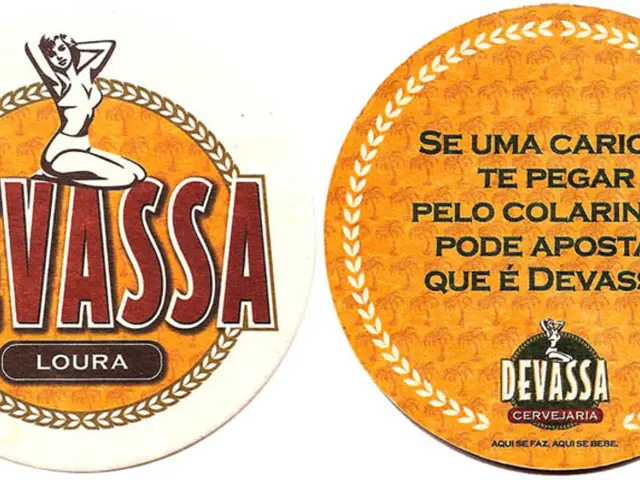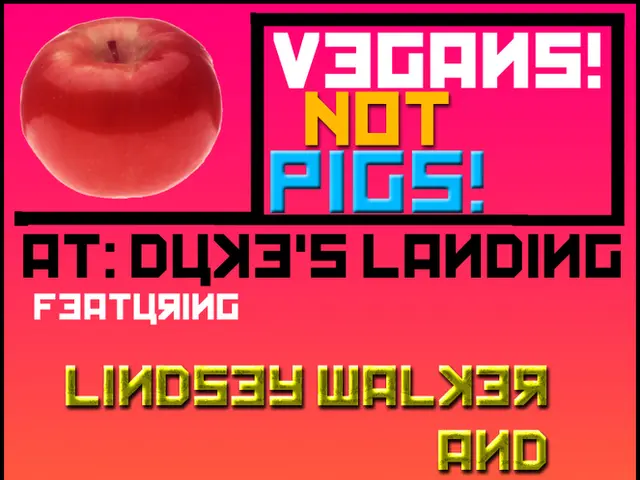Illusion Study: Dissecting 'The Cunning of Images' by René Magritte
Rene Magritte's painting 'The Treachery of Images' is a mind-bending masterpiece that plays with our perceptions and challenges reality. This painting, created in 1929, is an iconic piece from the Surrealist movement, which sought to unlock the subconscious mind.
The artwork portrays a simple, ordinary pipe, but that's where the simplicity ends. Accompanying the image is the provocative caption, "Ceci n'est pas une pipe" (This is not a pipe). Magritte's intent was to highlight the discrepancy between our perception of objects and their represented images.
'The Treachery of Images' is not just a painting; it's a philosophical puzzle designed to make us question our thought processes. By rendering the pipe so realistically, Magritte invites us to examine the difference between what we see and what it truly represents. The painting encapsulates the essence of visual deception and encourages viewers to think critically about perception and reality.
More than just a piece of art, "The Treachery of Images" contributes to the broader discussion on semiotics, the study of signs and symbols. It explores the relationship between words, images, and reality, pushing the boundaries of artistic expression. In short, this painting is a testament to Magritte's unique ability to manipulate our minds and make us question the world around us.
Enrichment Data: Magritte's ingenious use of surrealist imagery and his exploration of semiotics in 'The Treachery of Images' have cemented its place as a textbook example of the Surrealist movement, making significant contributions to the field of visual art and intellectual thought. [1] [2]
Sources:
[1] Daniels, A. (2020). Surrealism and the avant-garde in twentieth-century art. Thames & Hudson.[2] Smith, V. L. (1974). Rene Magritte. Viking.
This philosophical puzzle, "The Treachery of Images," not only delves into the realms of surrealist art but also extends its reach to the study of semiotics in lifestyle and intellectual thought. The painting, with its exploration of the relationship between words, images, and reality, challenges our perceptions of science and technology, venturing beyond the boundaries of traditional artwork.








